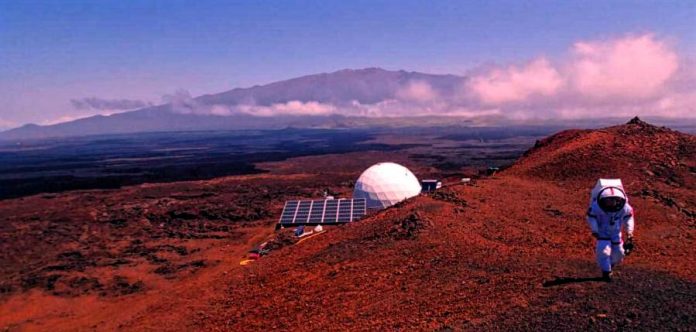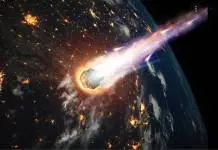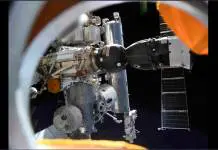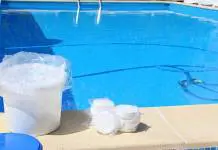
Six scientists have entered the Hawaii Space Exploration Analog and Simulation (HI-SEAS) dome atop the Mauna Loa volcano, kicking off Mission V of the NASA-funded project to simulate conditions of a manned mission to Mars.
For eight months, crew members will live in an opaque geodesic dome sitting on the world’s largest active volcano.
The experiment will comprehend studies on human behavior, geology, and life conditions on the Red Planet.
The efforts of HI-SEAS Mission V aim at paving the way for future astronauts setting off to explore asteroids and Mars itself in the coming decades. NASA plans to send humans to Mars near the end of the 2020s and the beginning of the 2030s.
Who are the crew members of HI-SEAS Mission V?
Four men and two women make up the team that will live in a simulated environment for eight months under the supervision of Kim Binstead, HI-SEAS principal investigator, and professor at the University of Hawaii, Manoa.
James Bevington will be in command of Mission V, and before HI-SEAS, he was a freelance researcher for Northwestern University and the International Space University.
Brian Ramos will provide biomedical and electrical engineering expertise to the mission. The Portuguese-American graduate from the International Space University also has experience working at NASA’s Johnson Space Center.
Joshua Elric has a background in systems, aerospace, and mechanical engineering, and he has previously worked testing SpaceX’s Falcon 9 launch vehicle and other payloads for NASA.
Laura Lark has a formation as a computer scientist and software engineer for Google, while Ansley Barnard holds degrees in aero and astronautics and experience working for Ford, Boeing, and NASA. Samuel Paynter is an astrobiology expert and doctoral candidate who has served before in three different NASA programs.
What do they have to endure?
The six crew members were handpicked and thoroughly tested out of a 700 applicant pool. They will live in a 1,200-square feet dome for eight months and go out entirely suited to simulate mission conditions in the Red Planet.
While inside, the team will have small chambers to sleep in, but they will share a single bathroom, kitchen, and laboratory. All food for crew consumption will be frozen or canned, and mission control will drop payloads of other goods in a remote location to test remote retrieval using a robot rover.
Participants of the eight-month long experiment will have to explore the surroundings of the Mauna Loa volcano to map it, take geological samples, and test life-support instruments and equipment.
On top of that, they will engage in behavioral testing as well by wearing mood trackers around their necks that indicate affinity levels with other members of the crew. Interaction with anyone else in the outside world is forbidden, and VR devices will also be tested as a new coping mechanism for isolation.
Source: University of Hawaii











